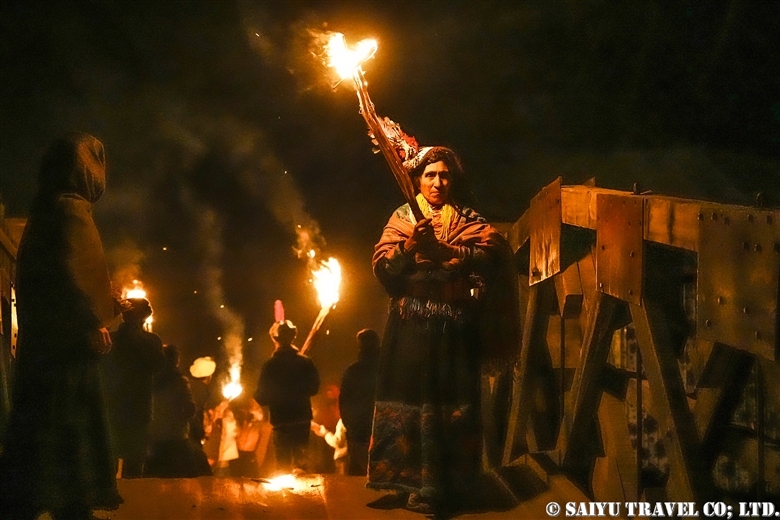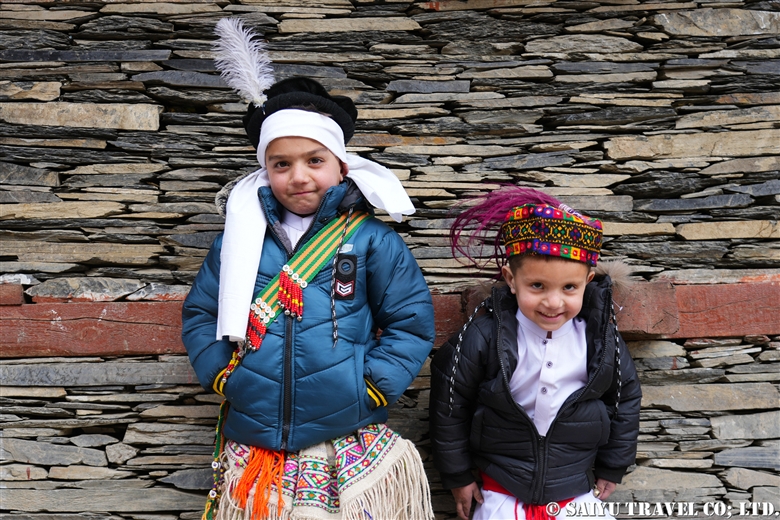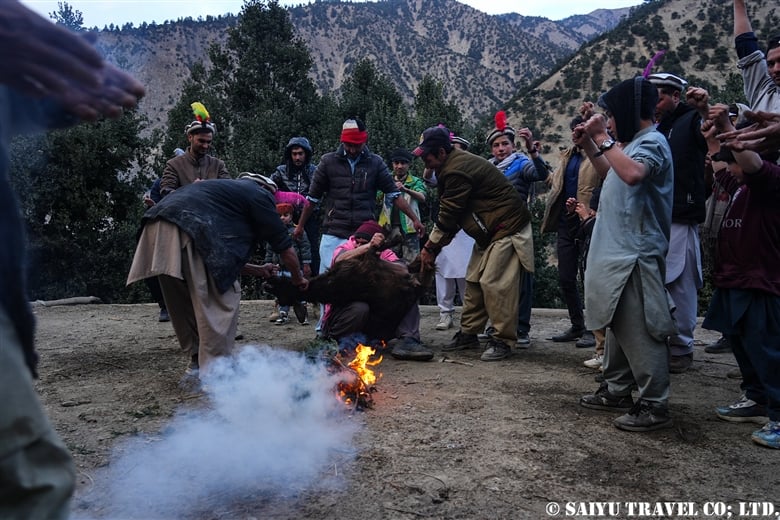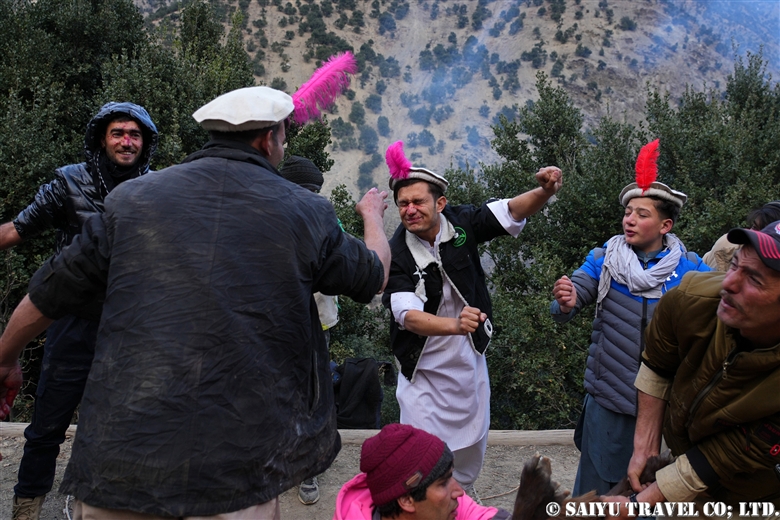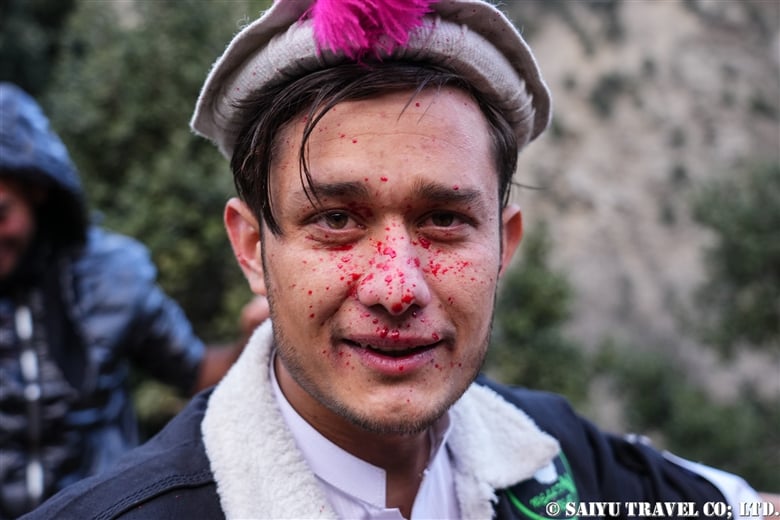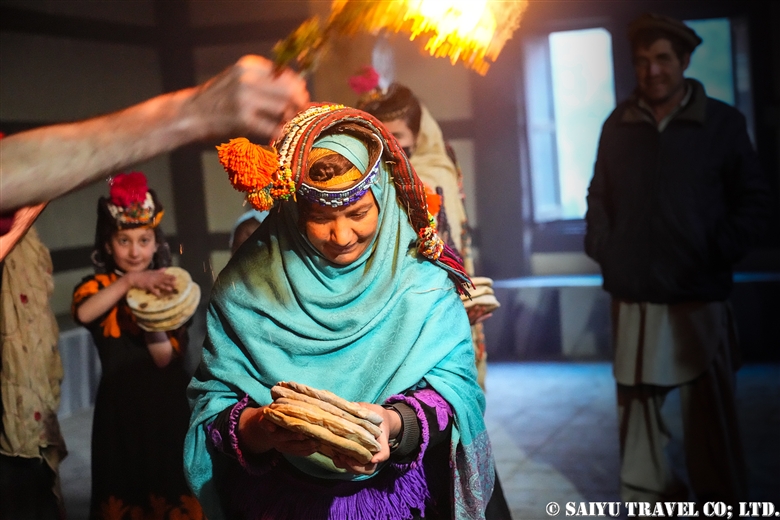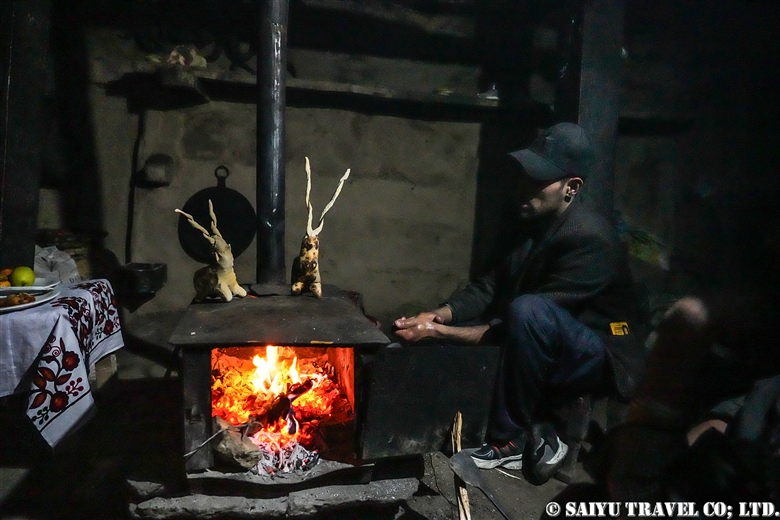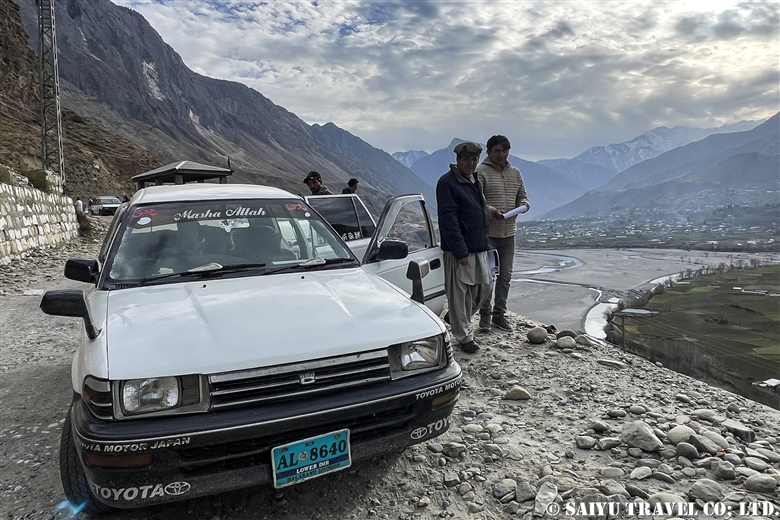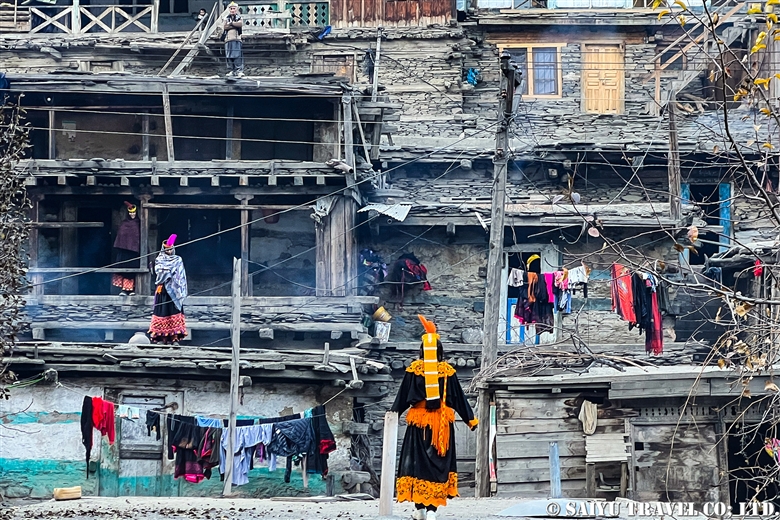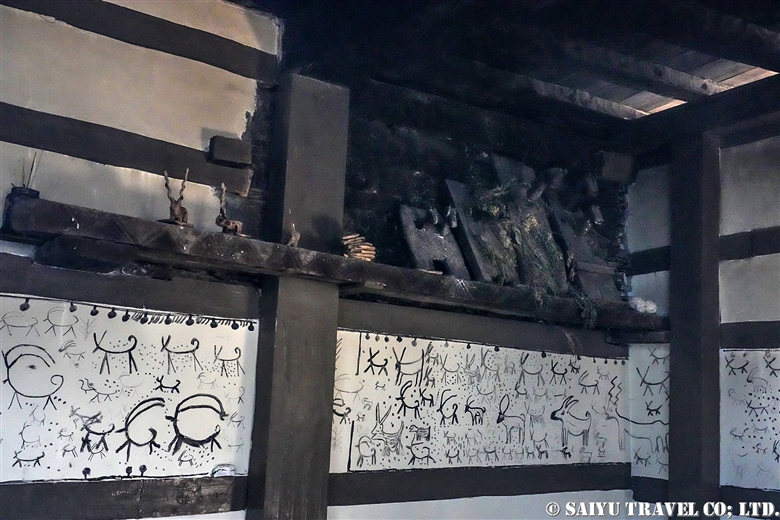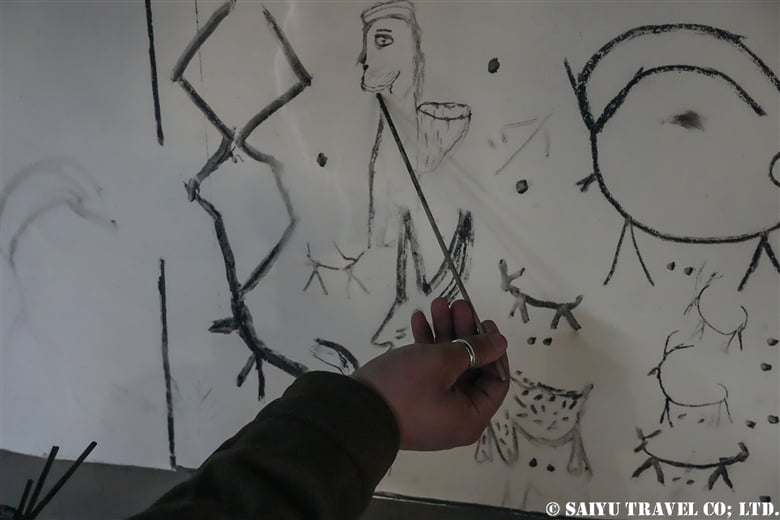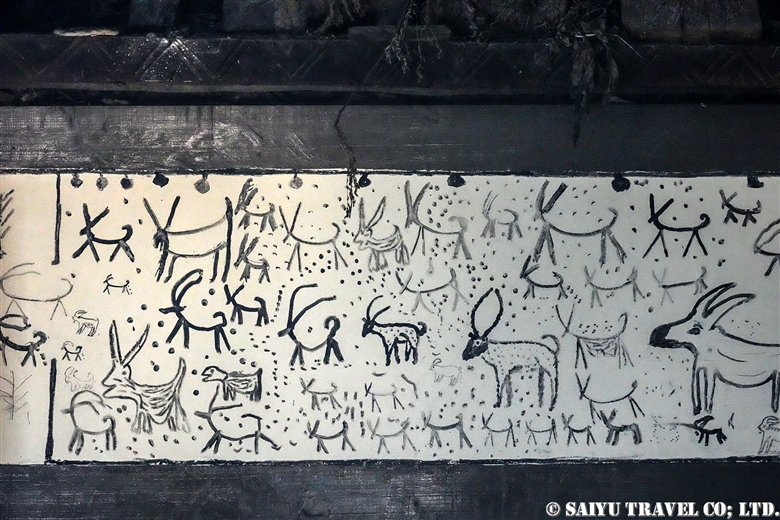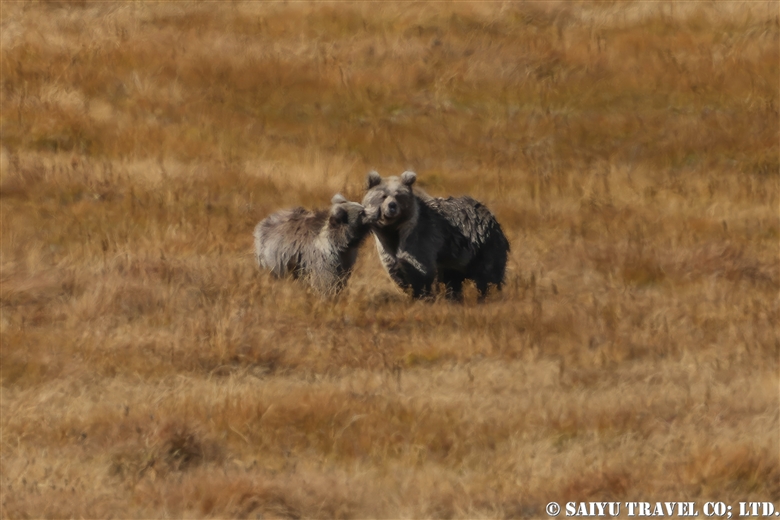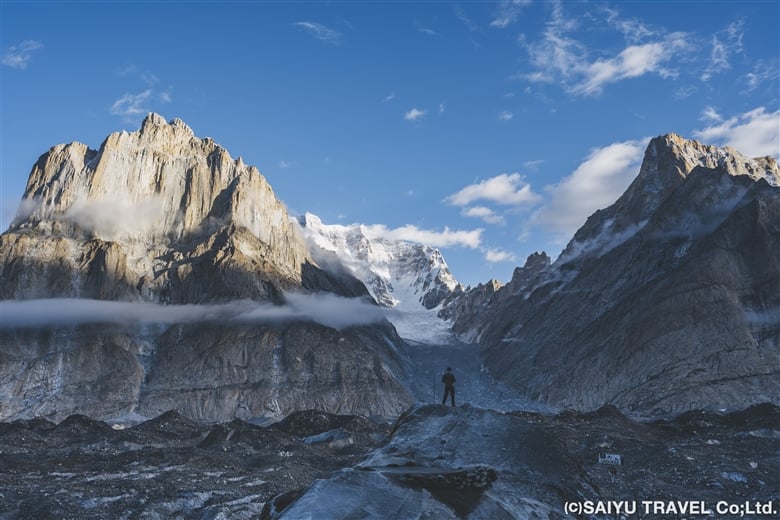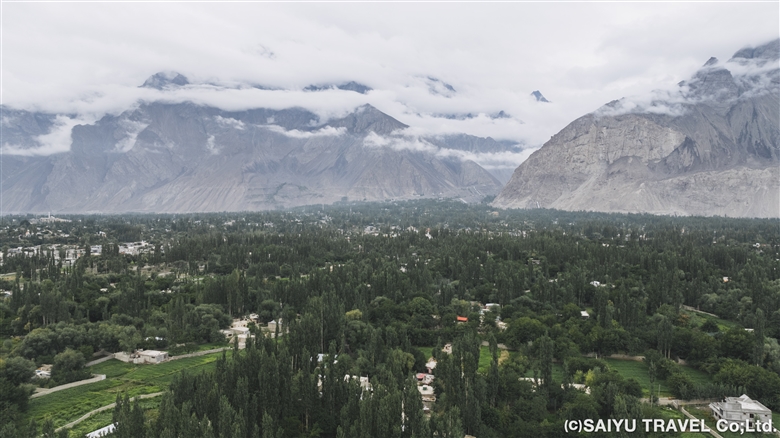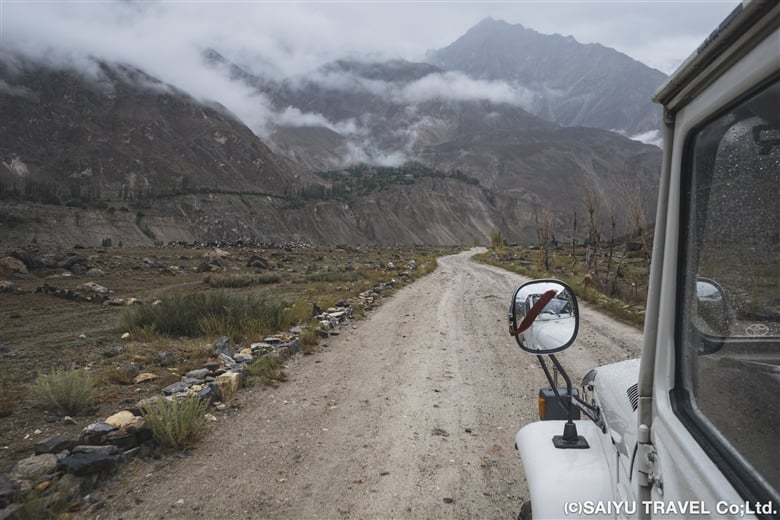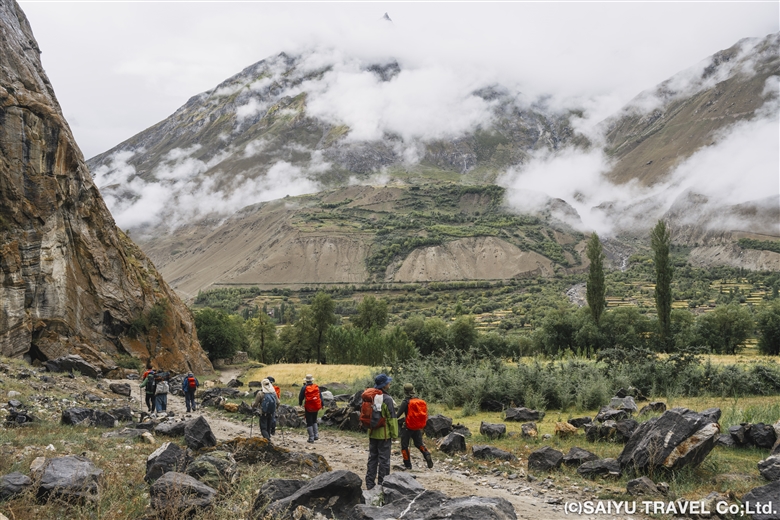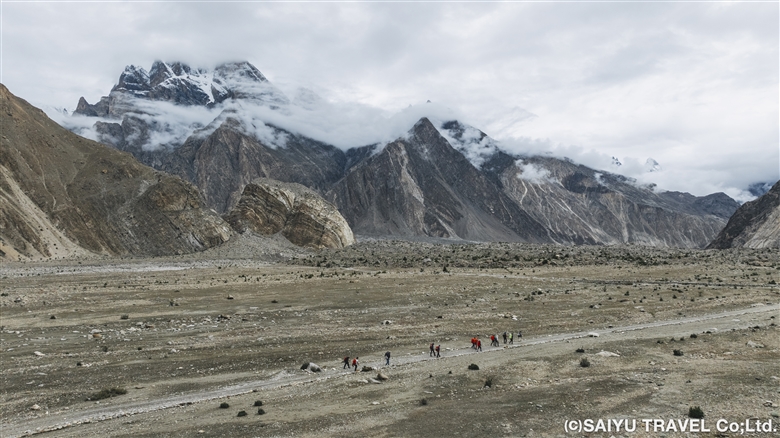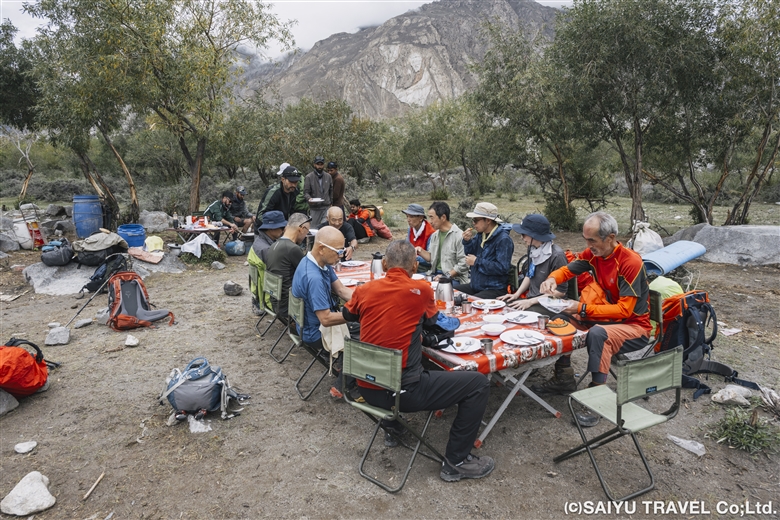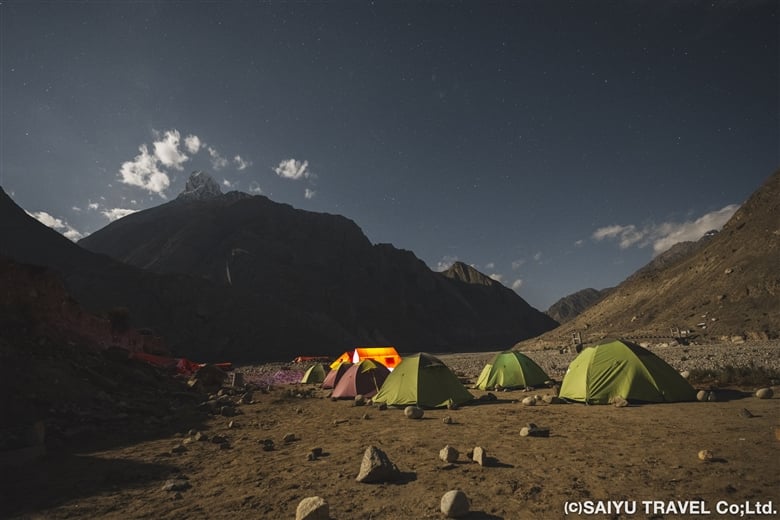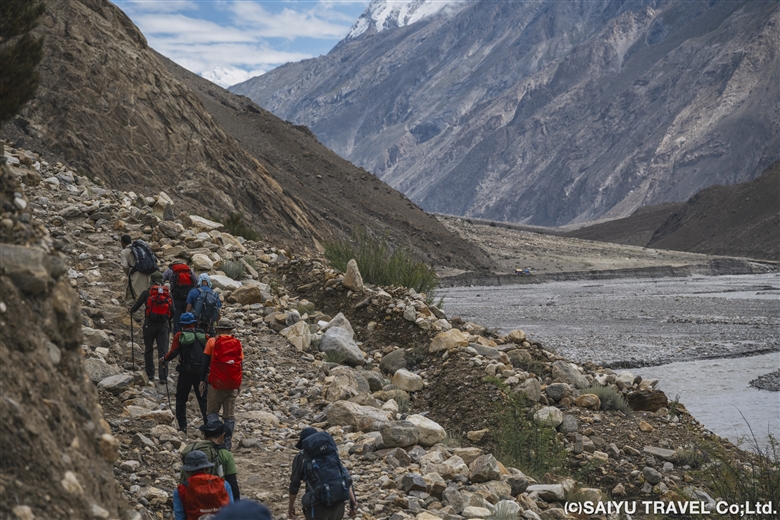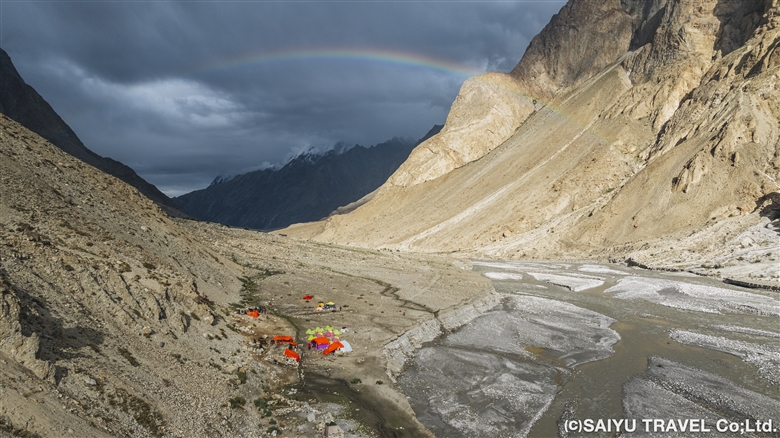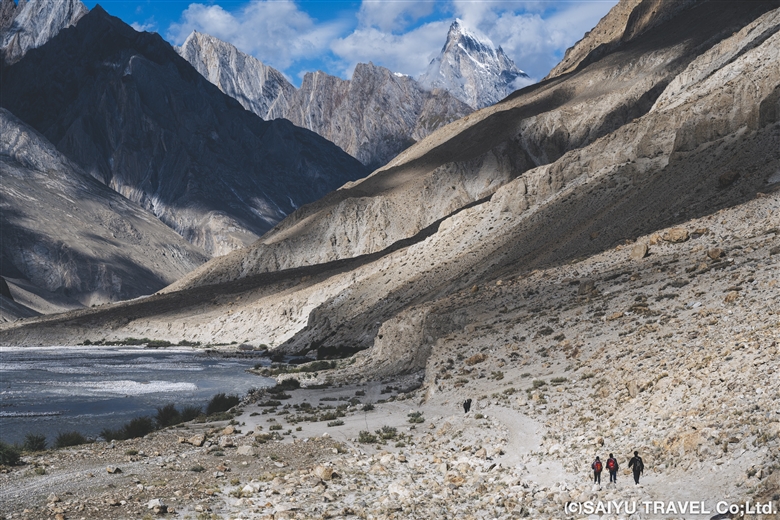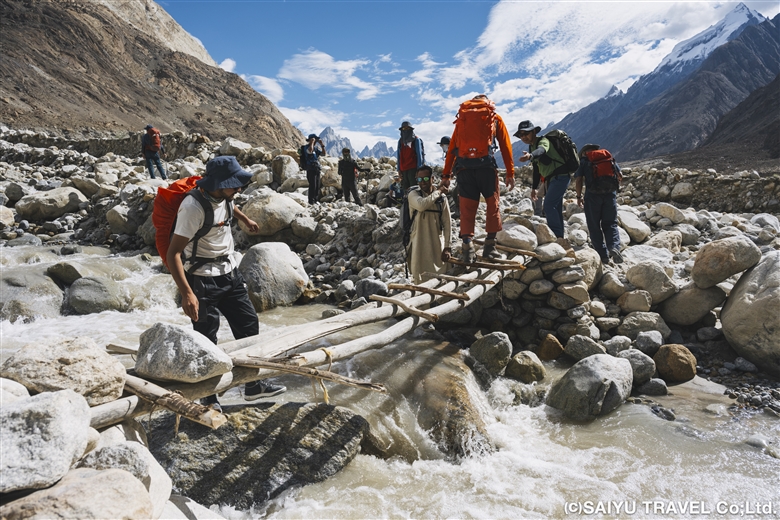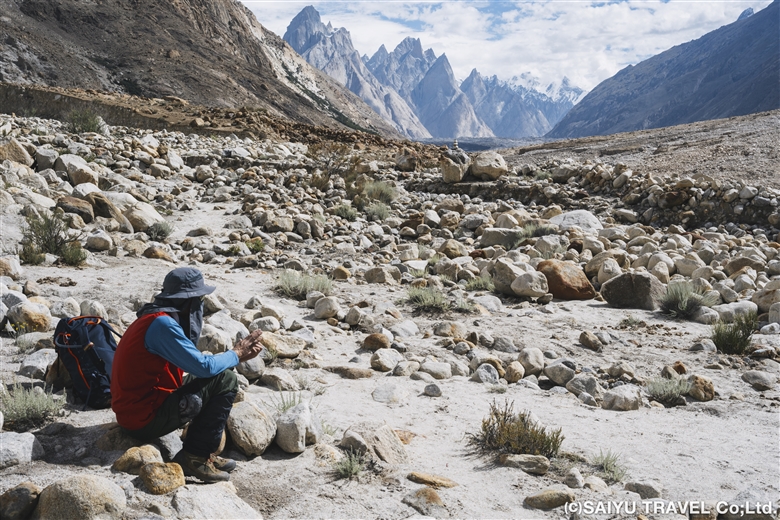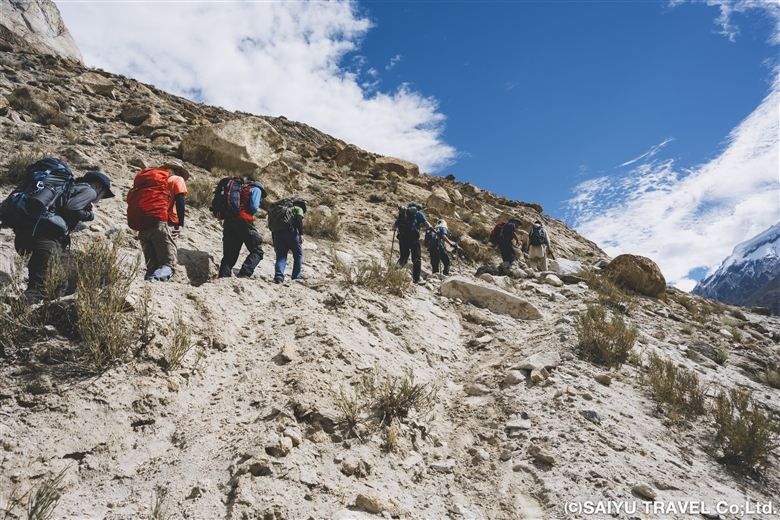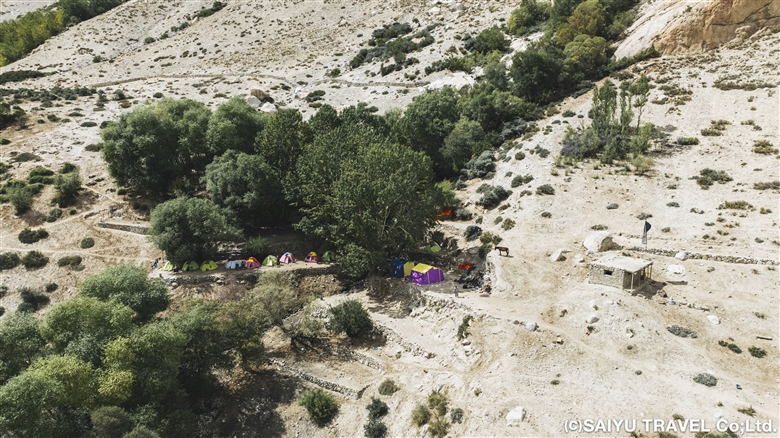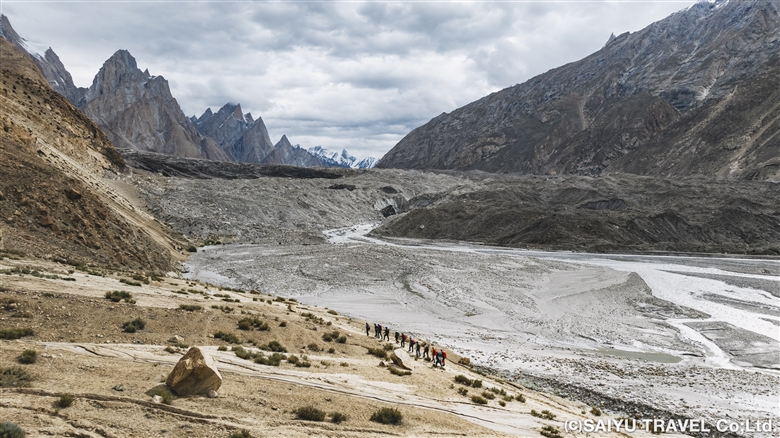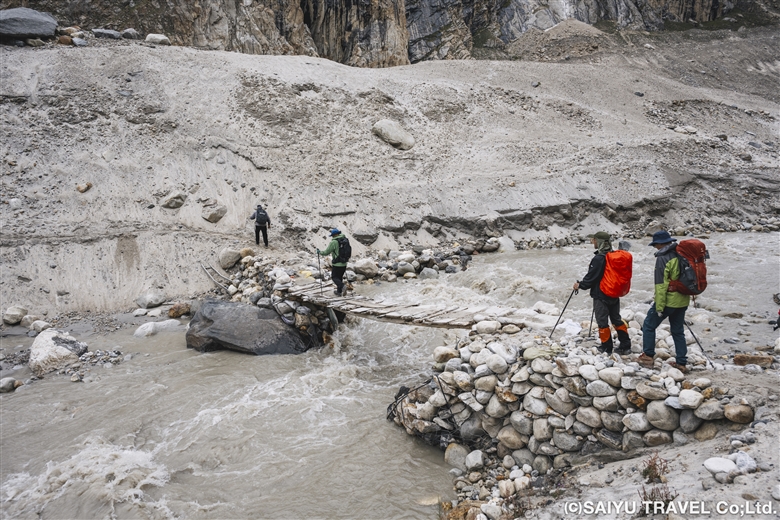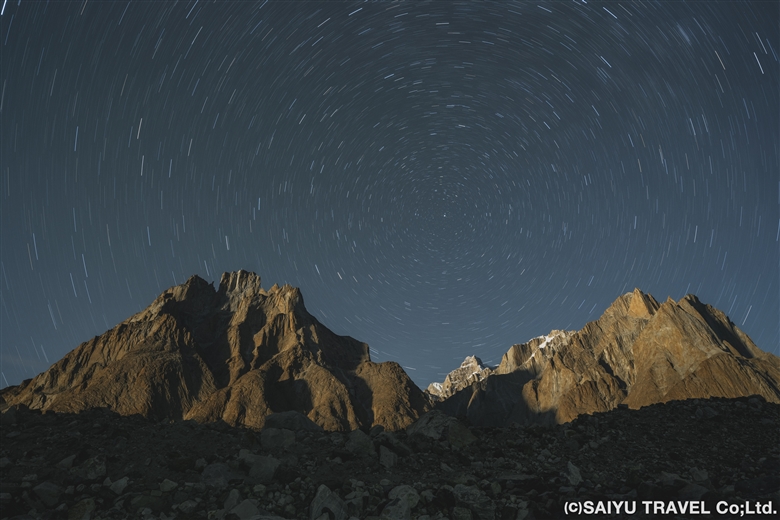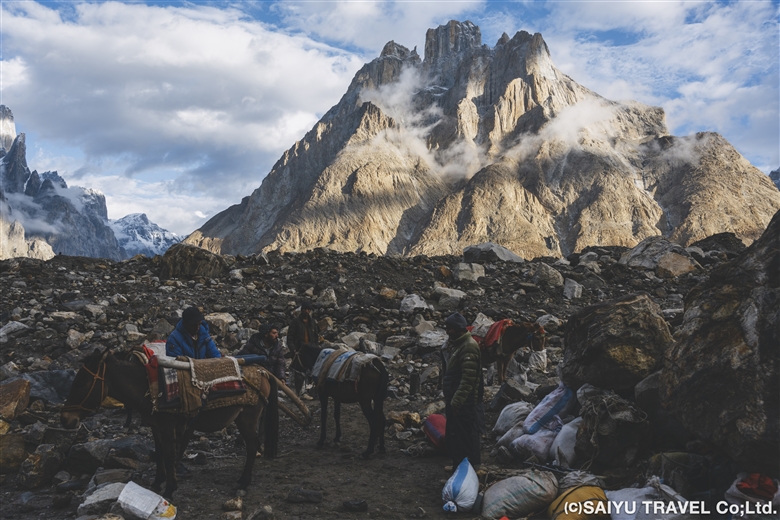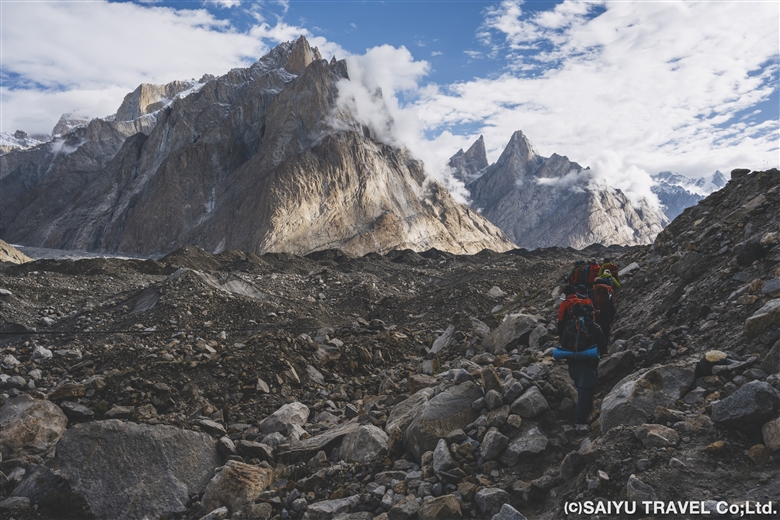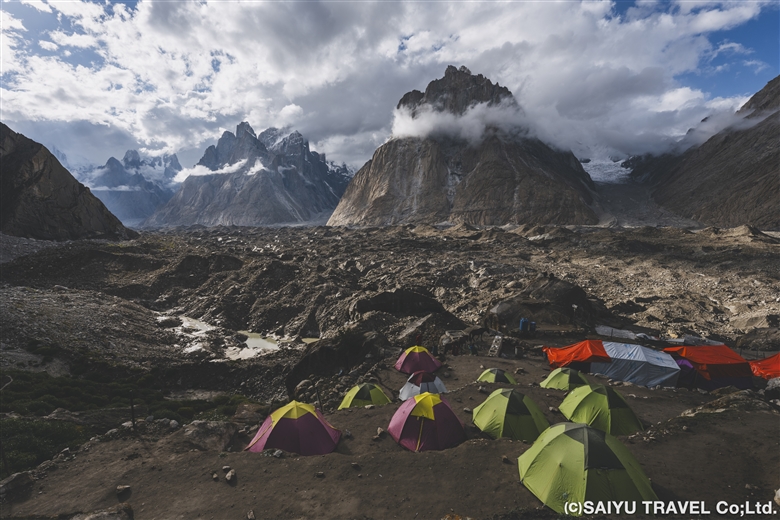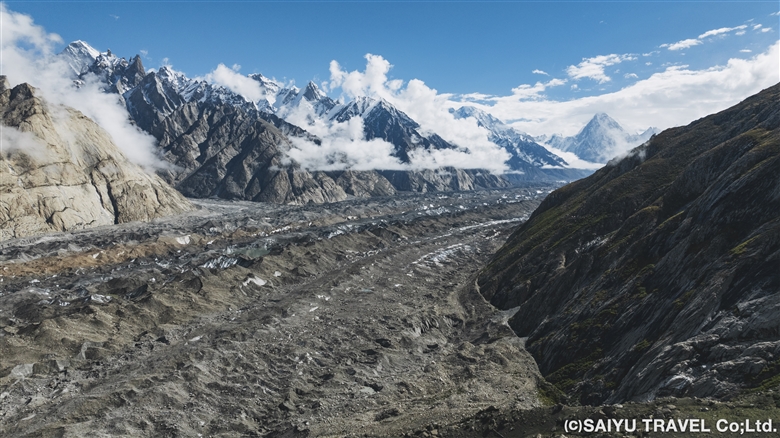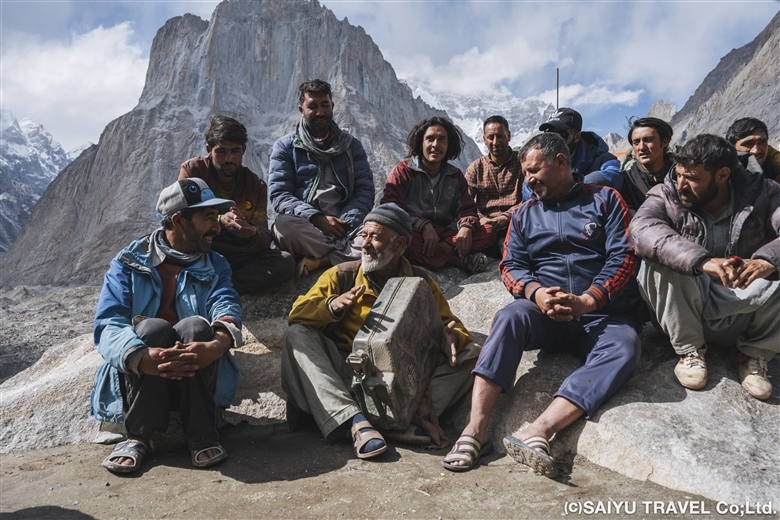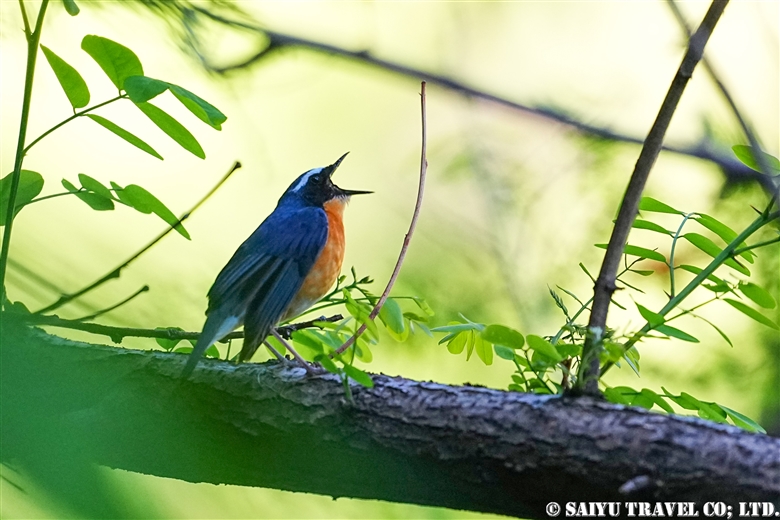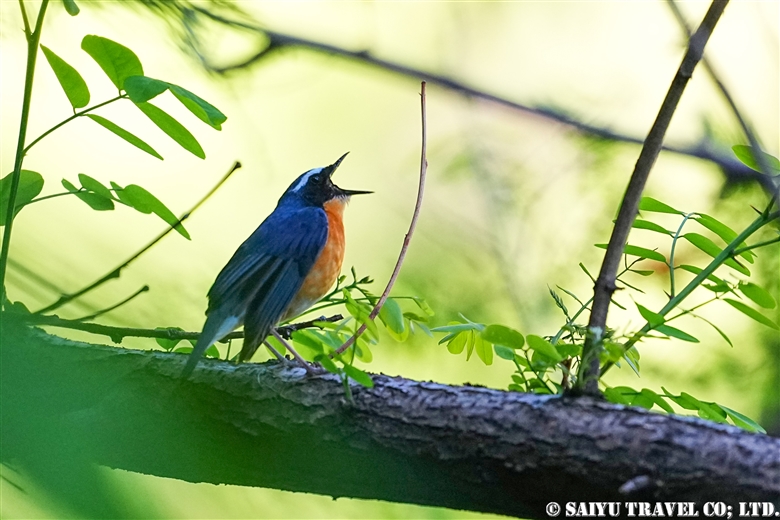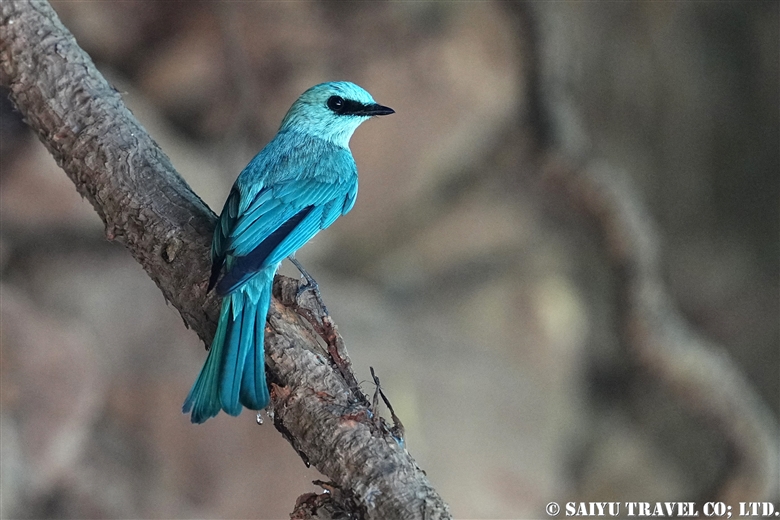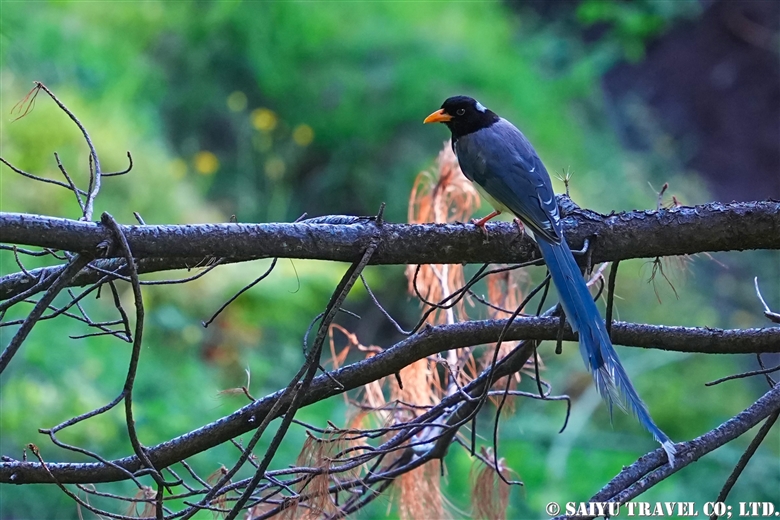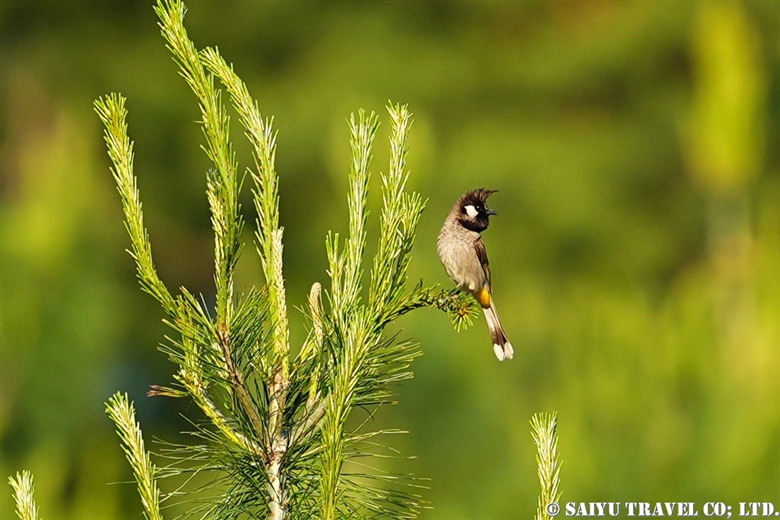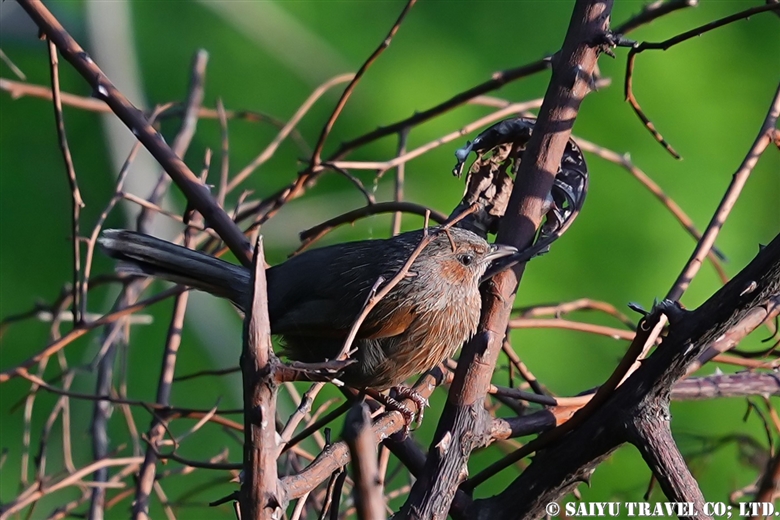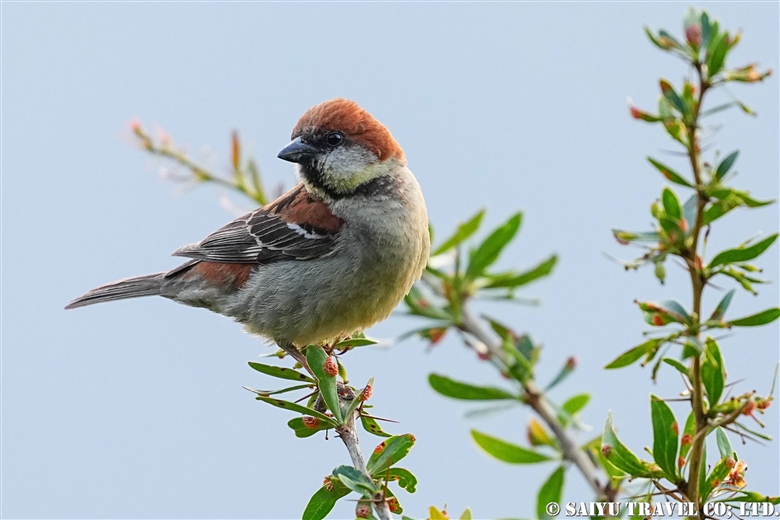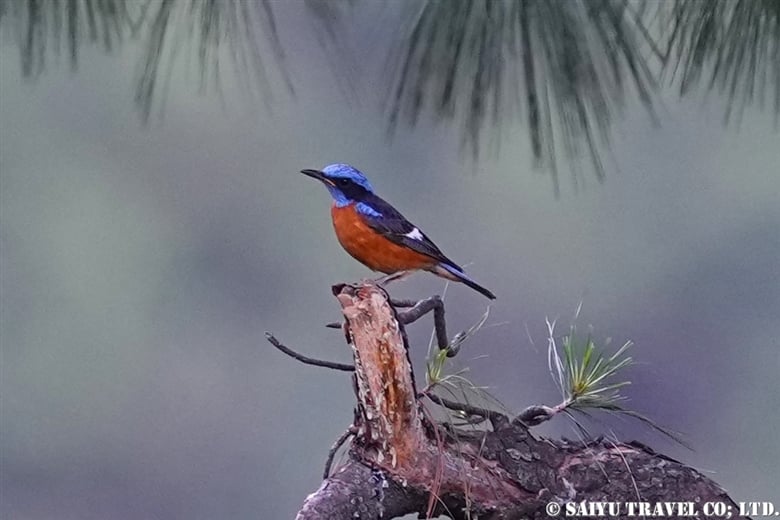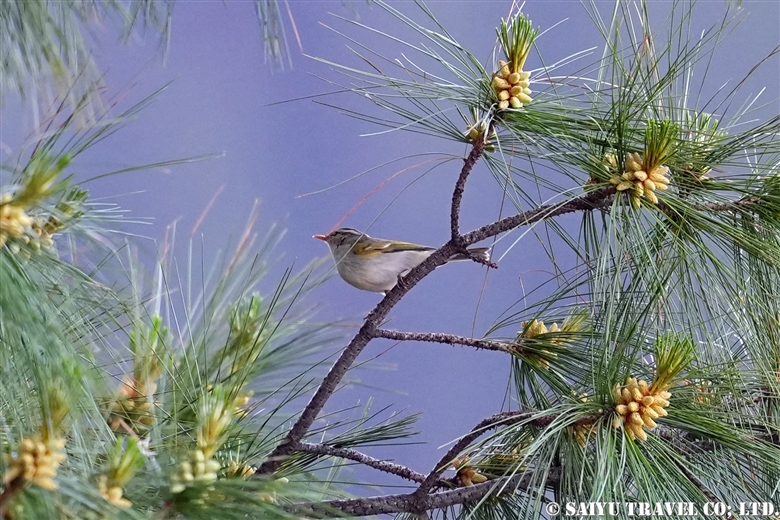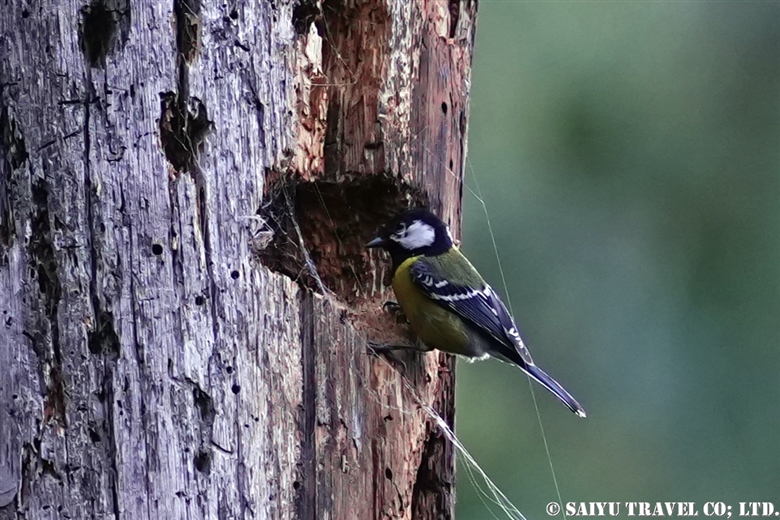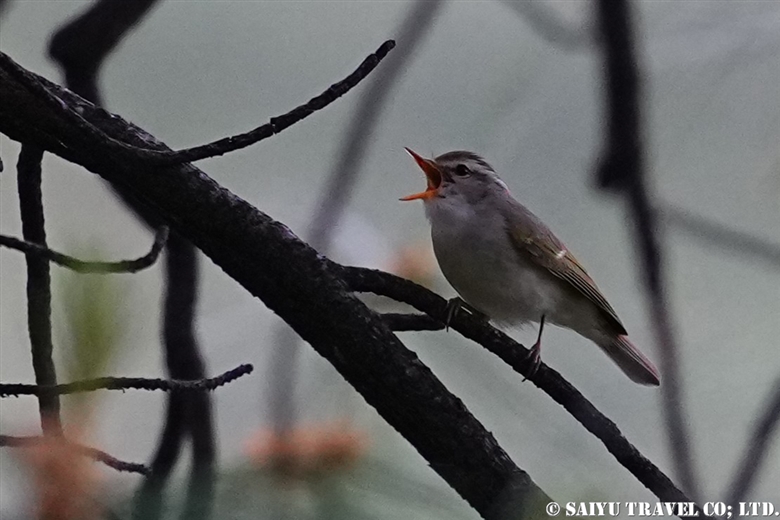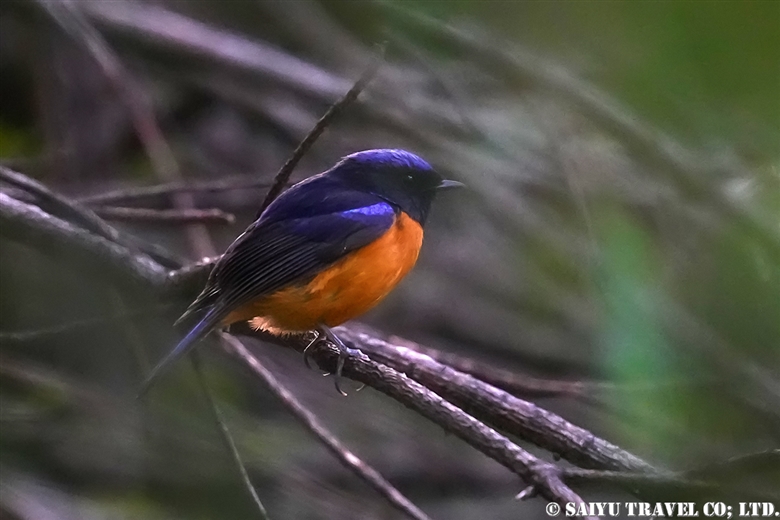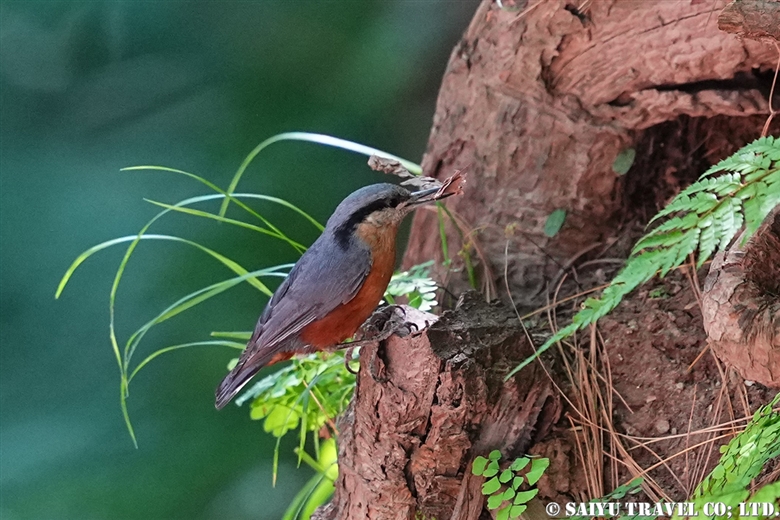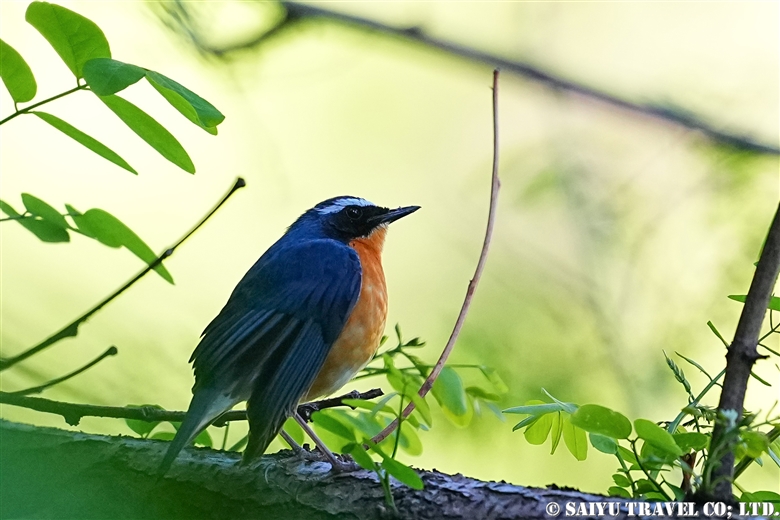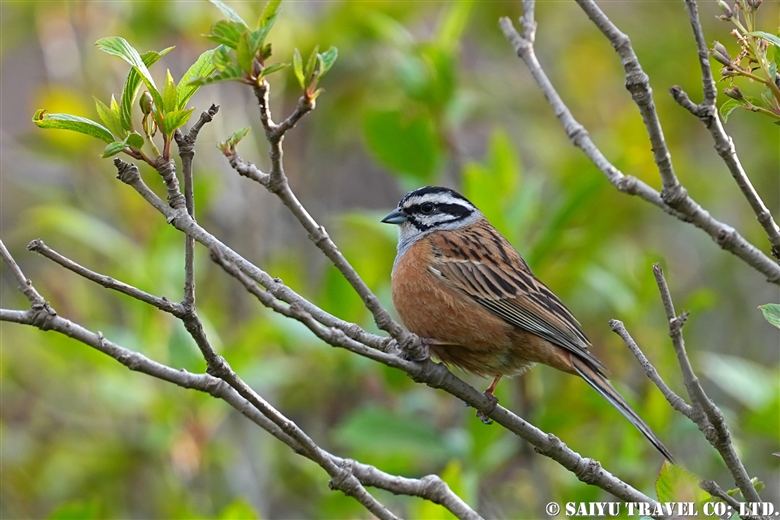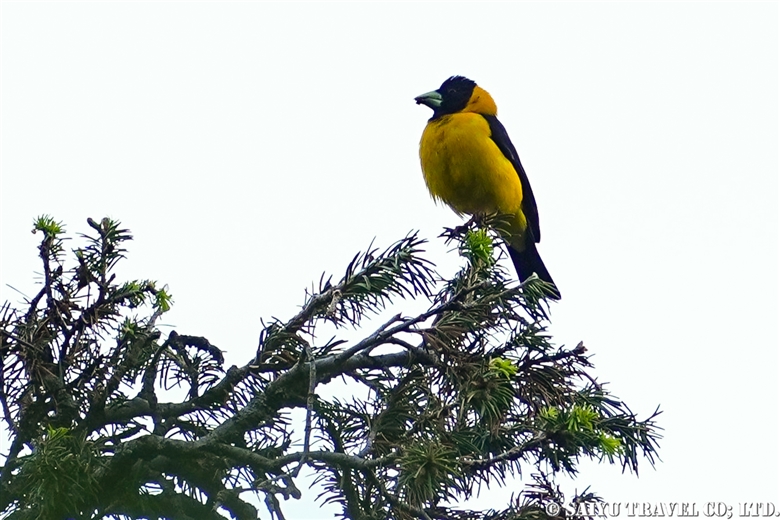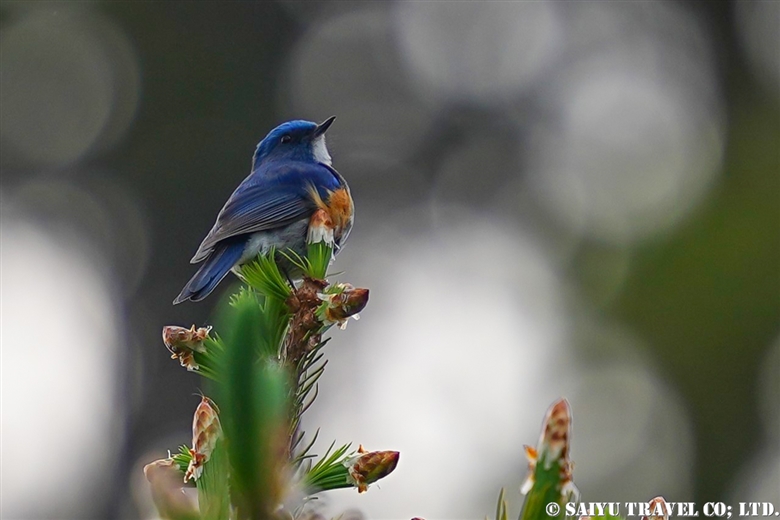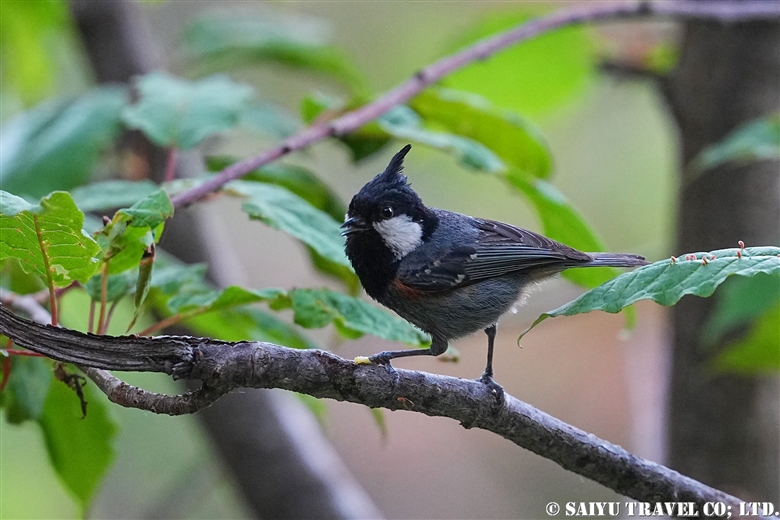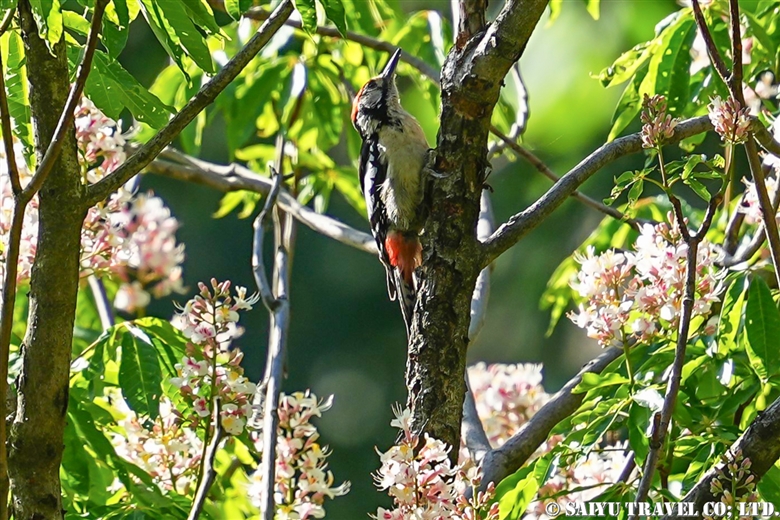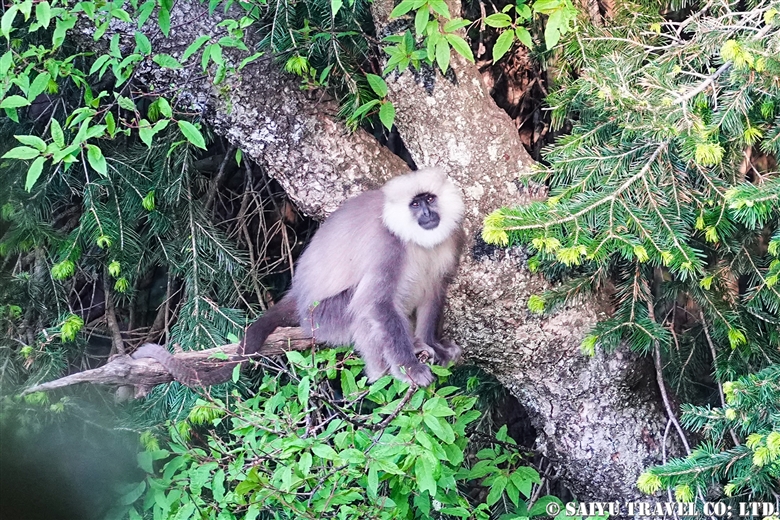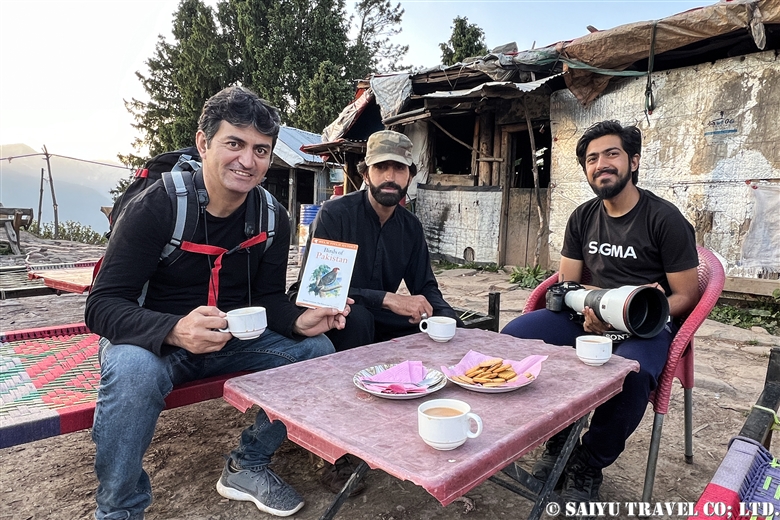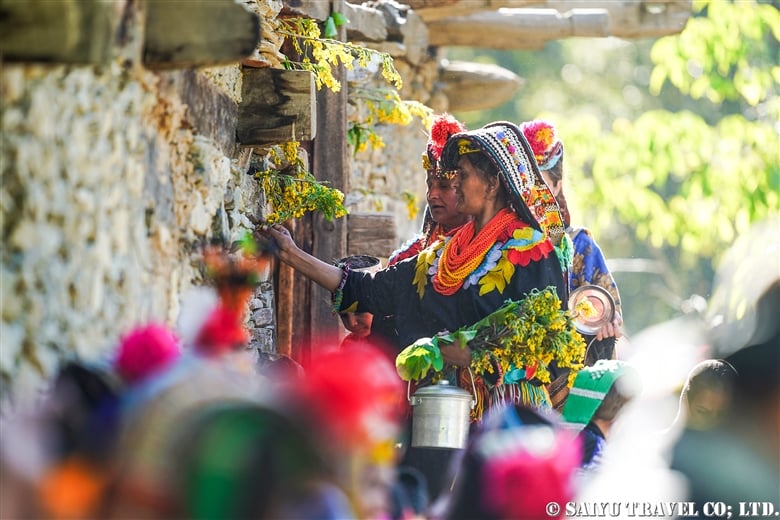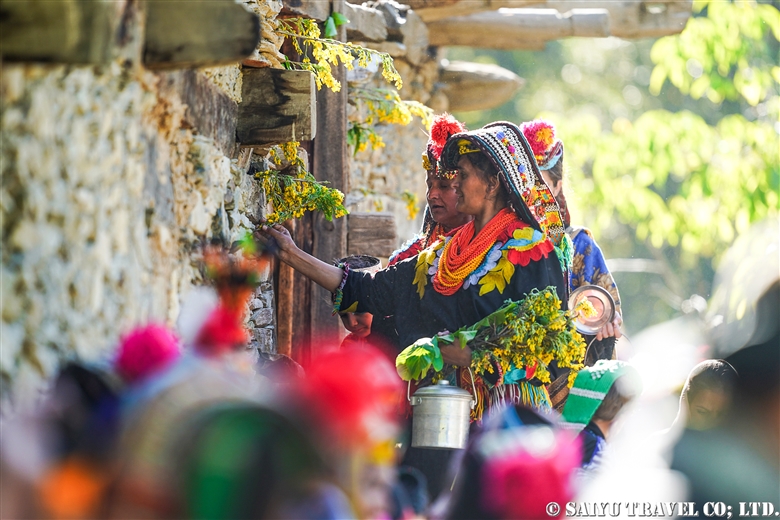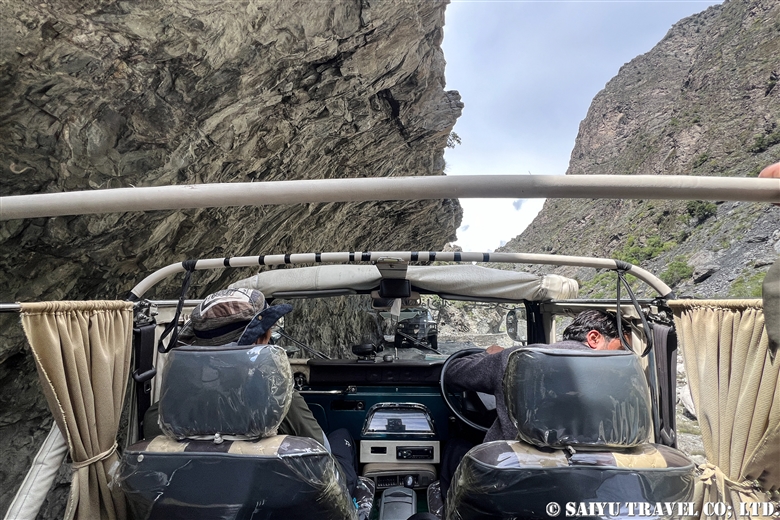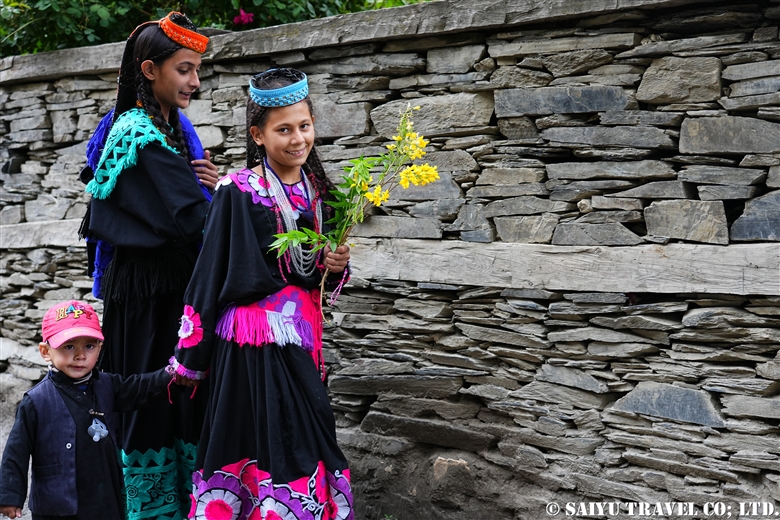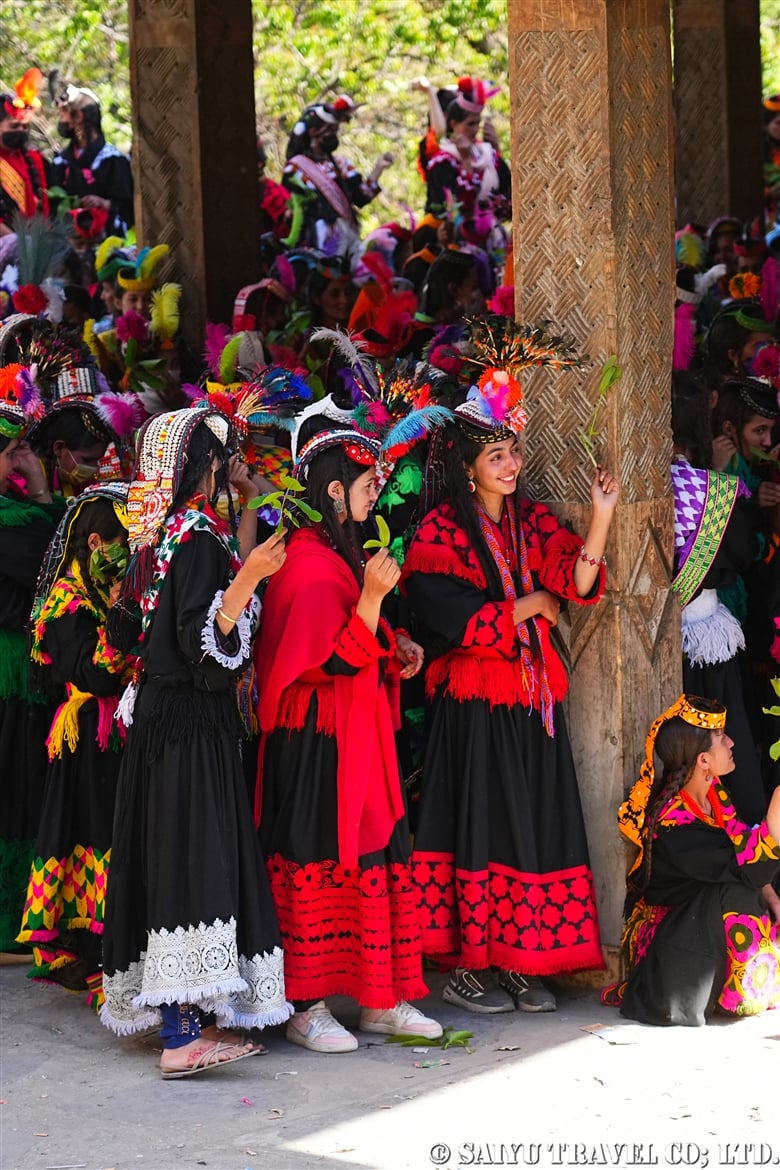The following is a report on my experience observing the Indian pangolin. In what amounted to a mysterious coincidence, the day we went to observe them—the third Saturday of February—just so happened to be “World Indian Pangolin Day.”
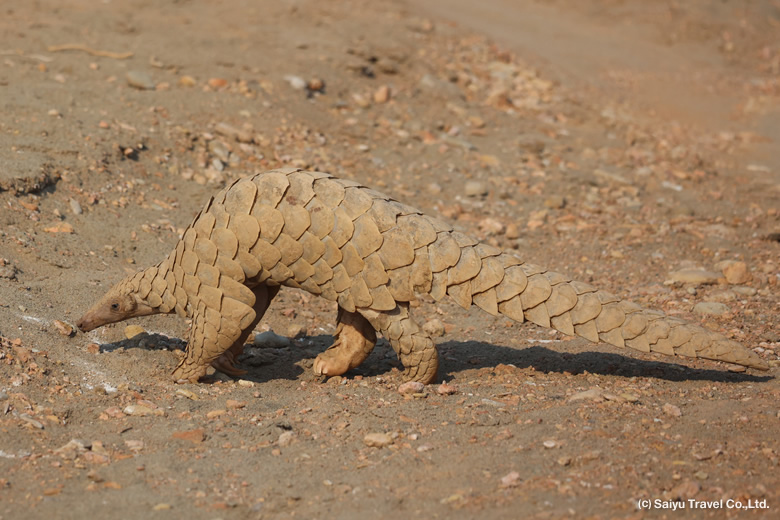
Indian pangolins do not have fixed dens and change their roosts every two or three days. They also do not have territories, nor do they form groups of any kind. It is therefore difficult to encounter an Indian pangolin, an animal which is roughly the size of a puppy, in their vast sanctuary area—one needs to rely on the help of local rangers to get a glimpse of the scaly creatures. Before our arrival, the rangers had already identified the area in which the animals were most active by searching for both footprints and holes where they were feeding (on ants and termites).
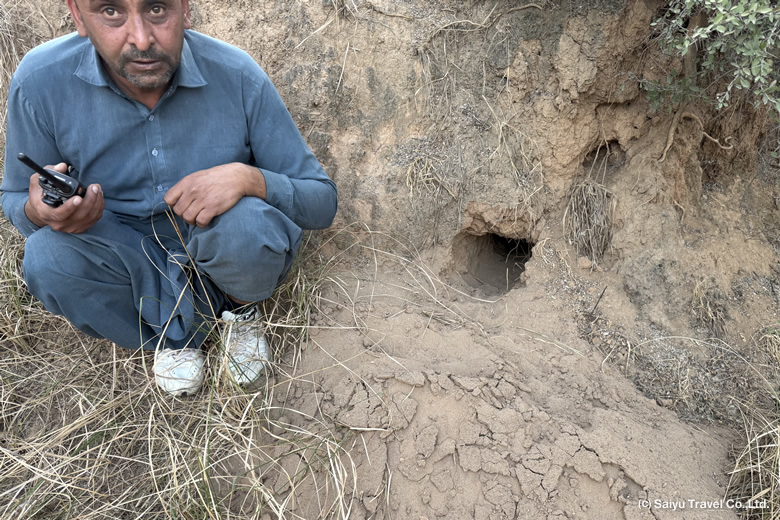
The Indian pangolin, an animal that subsists primarily on ants and termites, has no teeth, and uses its long tongue to catch its prey.
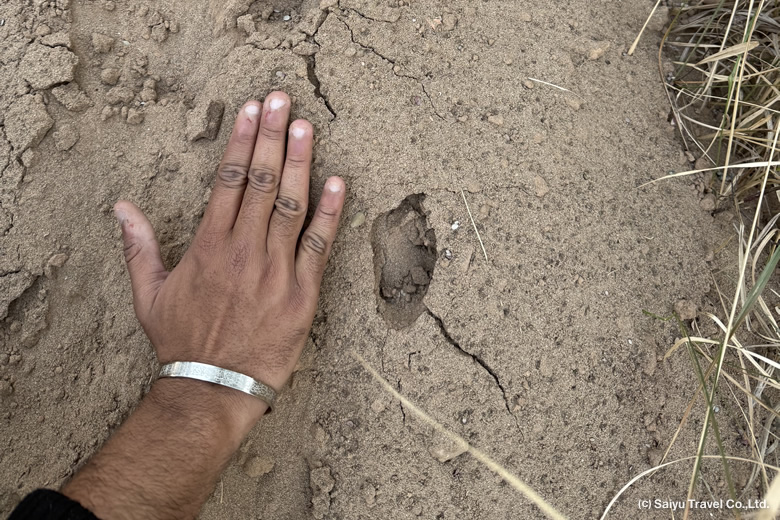
Sporting sharp claws just like anteaters, Indian pangolins walk with the soles of their feet on the ground, so as to not hurt their claws.
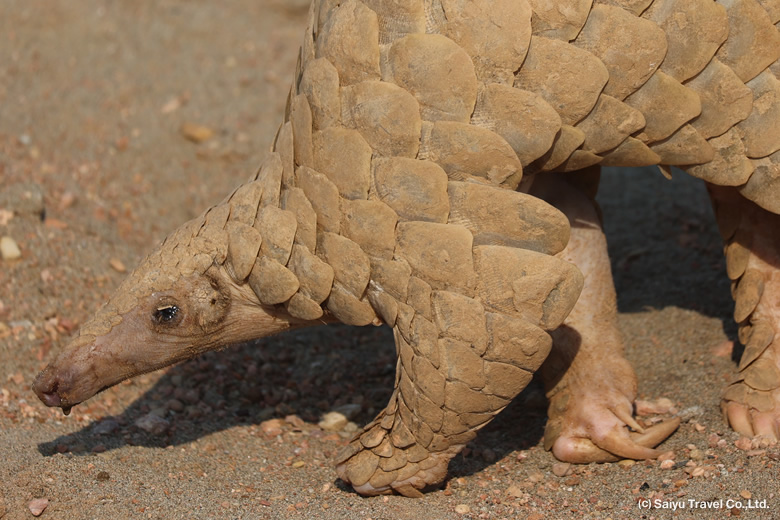
The only means of protection against enemies the pangolins have is to curl up their hard-scale-covered bodies. These animals, which are the only mammals in the world with scales, have such a strong defense that even African lions are said to be powerless against them. Their biggest external threat is humans: it is reported that more than one million animals were poached in the 10 years between 2006 and 2015. I was personally very shocked to see pangolins for sale at a market in Nigeria, Africa. For poachers, the curled-up pangolins are unfortunately an easy target.
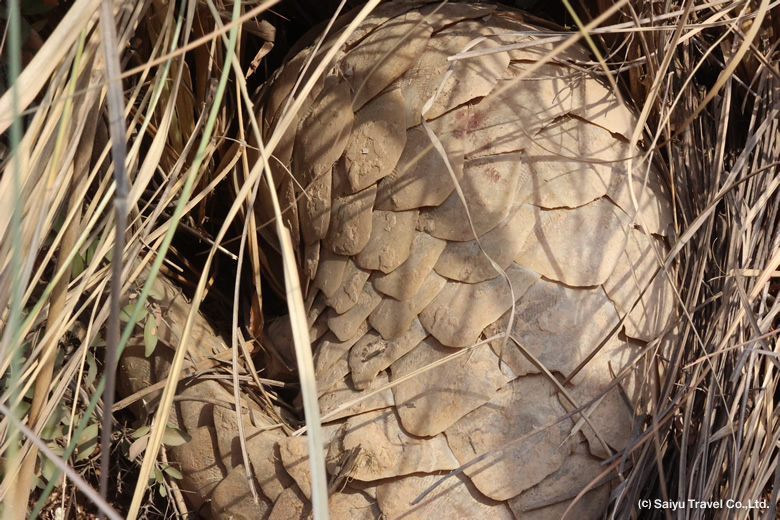
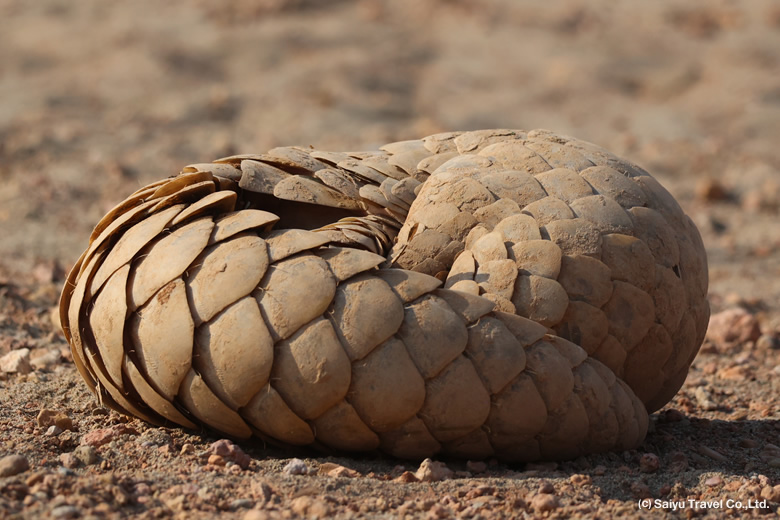
In Islamabad, one occasionally hears news of Indian pangolins getting rescued. Rescued from where, you may ask? One anecdote in particular recounted how a pangolin was found in a Chinese restaurant. These rescued animals are then checked at a rescue center in Margalla Hill, before eventually being returned to the wild. It is certainly unfortunate to hear news like this.
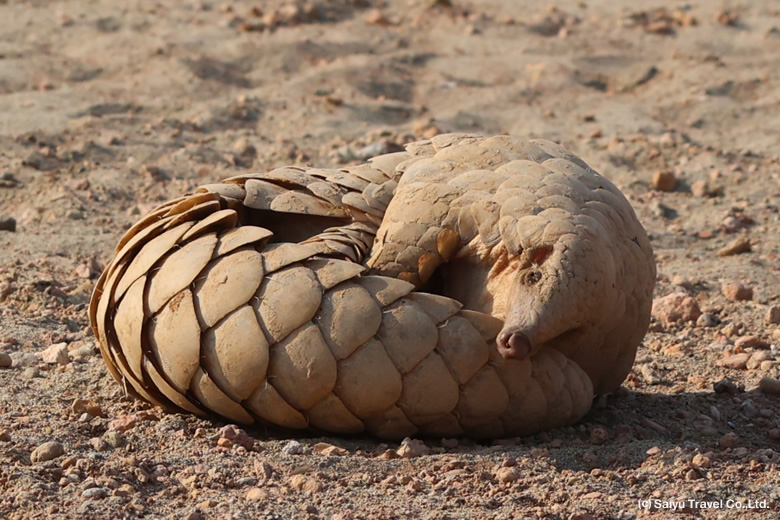
Once the Indian pangolin curls up, it tends to remain still for quite some time. As we looked at one particular pangolin patiently, we noticed it finally start to move after about 15 minutes. This is not an animal that’s in a rush—they walk slowly and hide in the bushes, where they remain unmoving all the way until nighttime. After dark, perhaps deciding that we were not a foreign enemy, the one we were watching began to stir again, and promptly disappeared deep into the grass.
Photo & Text : Chika MURATA
Observation : Feb 2025, Padhri Wildlife Reserve, Pakistan
Visit our web site “Wildlife of Pakistan”
*Contact us, Indus Caravan for more information or to make arrangements for your ” Wildlife observation ” in Pakistan.
*Please follow us on Youtube, Instagram & Facebook
Category : - Pangolin > = Video Clip Punjab > ◆ Punjab > ◇ Wildlife of PakistanTag : Pakistan Travel company , Wildlife photography tour Pakistan , Pakistan Blog , Pangolin , Pakistan Travel Blog , Indian Pangolin , Save wildlife in Pakistan , Padhri , Wildlife of Pakistan , Padhri Wildlife Reserve , Indus Caravan






